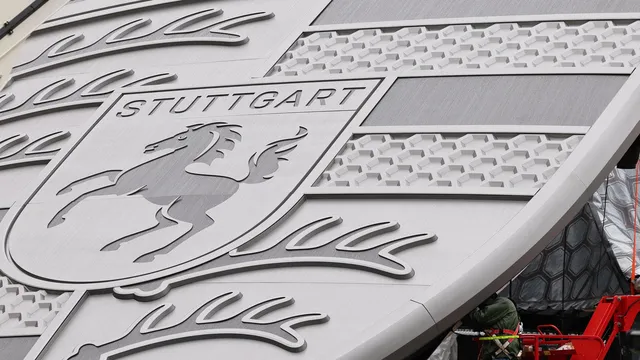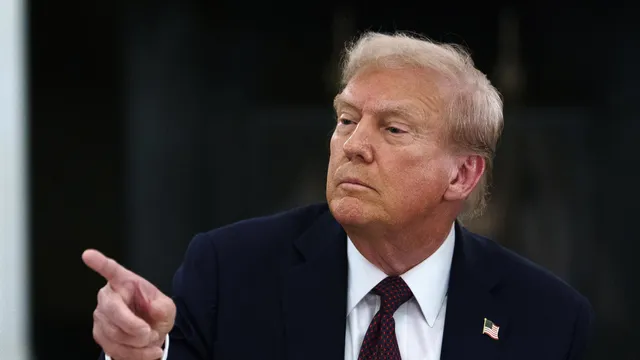China's exports fell short of expectations but rose 4.4% year-on-year in August, according to official data released today.
The decline in exports to the US was offset by a jump in exports to Southeast Asia and Europe.
Trade tensions between Beijing and Washington went through a series of ups and downs in 2025, with both sides imposing increasingly higher tariffs on each other.
Exports to the US, China's largest trading partner, continued to decline in August, according to today's data, falling 11.8% from the previous month and 33.1% from the same period last year.
However, exports to the European Union jumped 10.4%, and those to the Association of Southeast Asian Nations increased 22.5% year-on-year, AFP reported.
Overall, however, exports failed to reach Bloomberg's forecast of 5.5%.
Imports also fell short of expectations, growing 1.3% year-on-year in August, compared to a forecast of 3.4%.
Zhiwei Zhang, president and chief economist at Pinpoint Asset Management, said that "front-loading" of exports — accelerating shipments in anticipation of further tariffs — "is likely disappearing."
The resilience of Beijing's exports this year may also be attributed to Chinese companies seeking greater market share in other countries, which is amplified by weak domestic demand, he said.
Southeast Asia and China have deeply intertwined supply chains, and Washington has long accused Chinese manufacturers of "transit transshipment" — moving products through a country to avoid stricter trade barriers elsewhere.
"Trade diversion remains evident," said Yue Su, chief economist at the Economist Intelligence Unit.
"Much of this reflects supply chain diversification to avoid higher tariffs, a practice also seen during the first US-China trade war," Su added.
Beijing has set an official target of around 5% growth this year.
But the country is struggling to maintain a strong economic recovery from the pandemic as it grapples with a debt crisis in its huge real estate sector, chronically low consumption, and high youth unemployment.
Factory output in China rose in August but still registered its fifth consecutive month of contraction, official data showed, another sign that trade tensions are affecting the export-dependent economy.
At one point this year, mutual tariffs between the US and China reached triple digits on both sides, disrupting supply chains as many importers halted shipments to wait for the governments to resolve the issue.
Since then, Washington and Beijing have reached an agreement to reduce tensions by temporarily lowering tariffs to 30% on the US side and 10% on the Chinese side.
In August, they postponed the threatened reimposition of higher tariffs on each other's exports for another 90 days, meaning the pause on higher tariffs will continue until November 10.
Analysts say China's trade will face challenges for the rest of the year as uncertainty continues.
The temporary boost from the US-China trade truce is fading as the US increases tariffs on shipments rerouted through other countries, said Zichun Huang, China economist at Capital Economics.
"Exports are likely to be under pressure in the short term," Huang wrote. | BGNES

 Breaking news
Breaking news
 Europe
Europe
 Bulgaria
Bulgaria







